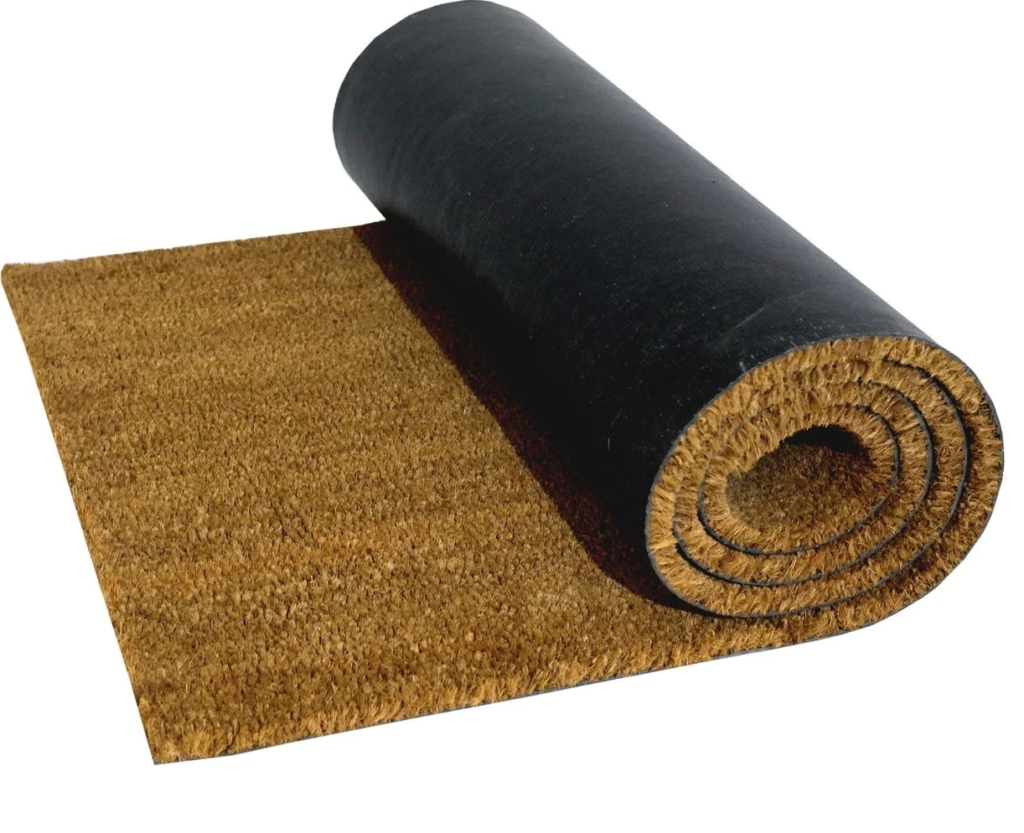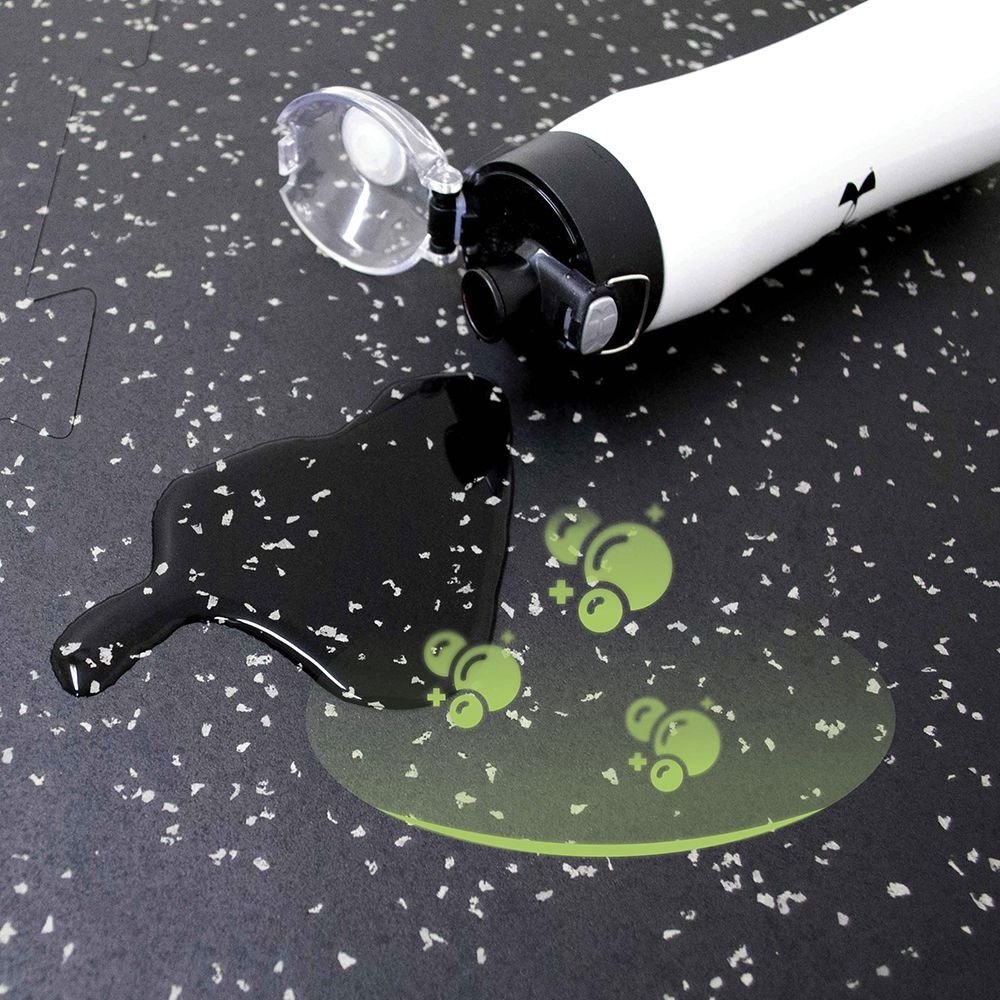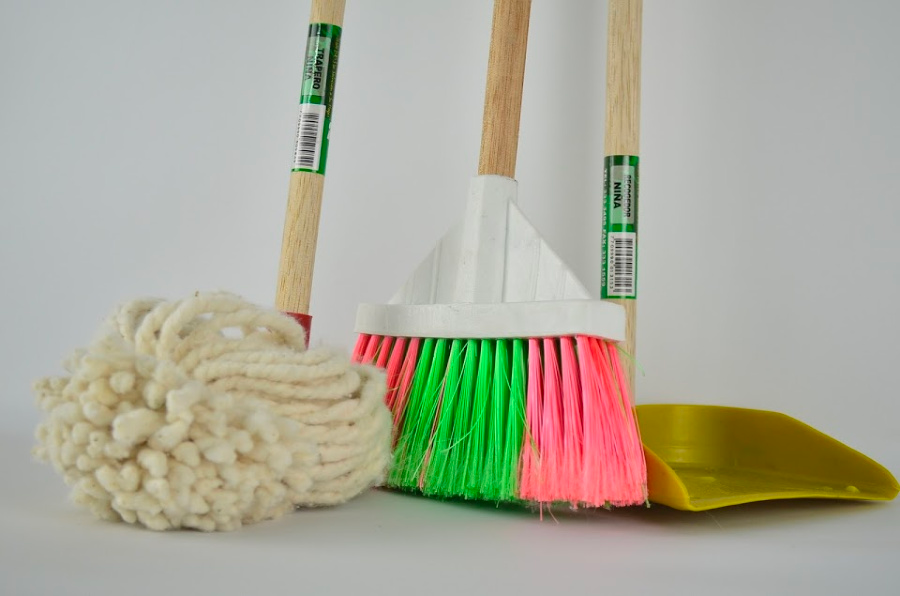Choosing the right outdoor mat might seem straightforward. Still, with the myriad of options available in the market, it becomes a quest to find the perfect balance between aesthetics, functionality, and durability. As the first impression visitors get when they approach your home, an outdoor mat doesn’t just signify where the entrance is; it also speaks volumes about your style and attention to detail. Beyond looks, the ideal mat is the frontline defense against dirt, moisture, and other undesirables that could be trekked into your home. This guide aims to answer your questions about outdoor mats, ensuring you make an informed decision tailored to your needs. Whether you’re wondering about the best materials, size considerations, or the most efficient designs, we’ve got you covered. So, let’s delve into the world of outdoor mats and uncover the secrets to choosing the best one for your patio, garden, or front door.
Why is Choosing the Right Outdoor Mat Important?
At first glance, an outdoor mat might appear as a mere accessory to your home’s exterior. However, delve a little deeper, and you’ll quickly realize its role is much more critical than mere decoration. Here’s why choosing the right mat is not just advisable but essential:
Aesthetics and Functionality for Your Home’s Exterior:
An outdoor mat is often the first detail people notice when they approach your door. It sets the tone for what’s to come inside, hinting about the home’s personality and the dwellers within. A mat that is cohesive with the rest of the exterior—be it in color, pattern, or design—can significantly elevate the overall look of your entrance, turning it from plain to captivating. Beyond the visual appeal, a functional mat provides a clear, clean, and safe space for your guests to step on, ensuring they feel welcomed and cared for.

Protecting Indoor Floors from Outdoor Dirt:
The world outside is full of adventures—and dirt. From muddy footprints after a rainy day to dry dust from a summer stroll, our shoes often become carriers of all the particles and debris we’d instead leave outside. Enter the protective role of the outdoor mat. A good mat is a barrier, ensuring that most of this grime stays out of your home. By simply wiping their feet, visitors can leave significant unwanted dirt on the mat, saving your indoor floors and rugs from potential stains, damage, and extra cleaning effort.
In conclusion, while it might be tempting to pick an outdoor mat based solely on its aesthetics, understanding its dual role in form and function can lead you to choose one that benefits your home in more ways than one.
What Type of Mat is Best for Outdoors?
The choice of an outdoor mat often boils down to the material it’s made from. Different materials come with varied benefits tailored to specific needs and environments. Let’s explore some of the most common outdoor mat materials and their advantages.
Coir Mats:
Derived from the husks of coconuts, coir mats offer a rustic and natural look. Their coarse fibers are adept at scraping dirt and mud off shoes, ensuring clean entry into your home. But the question often arises – are coir mats suitable for Outdoors? The answer is both yes and no. Coir, being a natural material, has excellent moisture-absorbing properties. It’s great for dry conditions but might not fare as well in persistently wet climates, as it can retain moisture and become a breeding ground for mold. Over time, prolonged exposure to water can also lead to the mat deteriorating faster.

Rubber Mats:
Durable, waterproof, and easy to clean – rubber mats check many boxes regarding outdoor suitability. Their resilience ensures they withstand the elements, making them a favorite for areas that experience frequent rains or snow. Moreover, rubber mats often come with grooved patterns that aid in trapping dirt and provide an anti-slip surface, enhancing safety.

Synthetic Fibers:
Mats made from synthetic fibers like polypropylene combine the best of both worlds. They often emulate the textured feel of natural fibers while providing the durability of artificial materials. Resistant to staining, UV rays, and moisture, these mats are an excellent choice for those who want a long-lasting solution without constant maintenance.
In summary, the best outdoor mat largely depends on where you live and the specific conditions you’re trying to address. While coir offers a beautiful natural touch suitable for dry climates, rubber, and synthetic fibers come through as champions in durability and all-weather resistance.

How Can You Distinguish Between Indoor and Outdoors Mats?
Doormats, whether inside or outside, predominantly aim to shield our homes from dirt and debris. However, the distinctions between indoor and outdoor mats are crucial, influenced by the unique challenges presented by their respective environments. Recognizing these differences can assist homeowners in making discerning choices, especially when searching for the best deals in stores. Here’s how you can sort through the myriad of items:
Features of Outdoor Mats:
- Toughness: Given their direct exposure to elements like rain, sunlight, or snow, outdoor mats are crafted from hardy materials such as coir, rubber, or durable synthetic fibers.
- Surface Design: The surface of an outdoor mat is typically coarse and is designed explicitly for scraping off thick mud, dirt, and other outdoor debris.
- Weatherproof Qualities: These mats are engineered to resist common outdoor issues like mold, UV degradation, and mildew. Many also boast anti-slip backings, ensuring stability during wet conditions.
- Water Management: Premium outdoor mats are designed to prevent water accumulation, ensure water runs off them efficiently, and reduce slip hazards and mold proliferation.
Features of Indoor Doormats:
- Comfort: Indoor doormats lean towards softness, offering a gentle touch, especially when barefoot or in socks.
- Moisture Absorption: While the primary role of outdoor mats is to scrape off dirt, indoor ones excel in soaking up residual moisture, ensuring interiors stay pristine and dry.
- Design Diversity: Scouring the stores, one can find indoor doormats in a diverse array of designs, hues, and motifs, allowing them to seamlessly integrate with home interiors.
Is One Doormat Sufficient – Inside or Outside?
To snag the best deals and make the most of your purchase, consider opting for an outdoor and an indoor mat. The exterior mat is the initial barrier, tackling most of the grime, while the interior mat handles any leftover moisture or fine particles. This dual-mat strategy ensures thorough cleanliness, providing a smooth transition from the outside world into the sanctum of your home.
Why Are Rubber Mats a Popular Choice for Outdoors?
Rubber mats have become a staple for many homeowners and businesses in outdoor settings. Their widespread popularity isn’t merely a trend; it’s rooted in practicality, durability, and versatility. Let’s explore the reasons behind the increasing preference for rubber mats and address some commonly asked questions about their use Outdoors.
Are Rubber Mats Good for Outdoors?
Without a doubt, rubber mats have proved their mettle in outdoor conditions, and here’s why:
- Durability: Rubber, by its inherent nature, is resilient. It withstands the wear and tear from foot traffic, and unlike other materials, it doesn’t fray or come apart over time.
- Weather Resistance: Rubber mats remain unaffected by the elements. Whether it’s the scorching summer sun or a downpour, they retain their integrity and continue to serve their purpose without warping or degrading.
- Safety: One of the standout features of rubber mats is their non-slip quality. Especially during wet conditions, they provide a stable and safe surface, reducing the risk of slips and falls.
- Low Maintenance: Easy to clean, a simple hose down or wipe often suffices. They don’t retain stains easily, ensuring they look presentable for longer durations.

Are Rubber Gym Mats Waterproof and Suitable for Patios?
Rubber gym mats are primarily designed to be impact-resistant, catering to the rigorous conditions of a gym environment. That said, their robust nature does make them waterproof. While they can effectively repel water and provide a non-slip surface, there’s an added advantage: their cushioning effect. This makes them not only safe but also comfortable underfoot, which is a considerable bonus for patio settings.
However, if considering rubber gym mats for patios, one should be mindful of aesthetics. While they are functional, gym mats might not always blend seamlessly with the overall decor of outdoor lounge areas. It’s essential to weigh functionality against style when making a choice.
In conclusion, rubber mats have carved a niche for themselves in the outdoor segment due to their numerous benefits. Whether for general outdoor use or specific areas like patios, their durability, safety features, and low maintenance make them a favored choice for many.

How to Care for Outdoor Mats and Rugs?
Outdoor mats and rugs uplift the aesthetics of your exterior spaces and provide functionality by ensuring clean entryways. Given their exposure to the elements, caring for them appropriately is essential to ensure longevity. Let’s explore the care process and address common concerns.
Can You Leave a Doormat Outside All Year Round?
While many outdoor mats are designed to be durable and withstand various weather conditions, the longevity of your mat largely depends on its material and the specific climate of your region. Here are a few things to consider:
- Material Matters: Mats made of synthetic fibers or rubber tend to have a higher weather resistance and can often remain outside throughout the year. However, natural materials like coir or jute might deteriorate faster if consistently exposed to excessive moisture or sunlight.
- Climate Considerations: In areas with harsh winters, frequent rains, or intense sun, it might be beneficial to bring mats indoors or provide them with some shelter during extreme conditions.
Maintenance Tips to Prolong the Life of Your Outdoor Mat:
- Regular Cleaning: Brush or vacuum your mat regularly to remove dirt, leaves, and other debris. This not only maintains its appearance but also ensures it functions effectively.
- Deep Cleaning: Depending on the material, wash your mat with mild soap and water every few months. Ensure it is thoroughly dried before returning it to prevent mold or mildew growth.
- Rotate Periodically: Just like indoor rugs, rotating your outdoor mat ensures even wear, extending its life.
- Avoid Prolonged Moisture: If your mat gets soaked in rain, it’s a good idea to hang it up or elevate it to dry. This reduces the risk of mold or mildew.
- Store During Extreme Conditions: If you know a significant storm, intense heatwave, or heavy snowfall is coming, consider storing your mat indoors or in a sheltered location.
- Check Manufacturer’s Instructions: Always refer to care instructions provided by the manufacturer, as some mats might have specific care needs.

In summary, while outdoor mats and rugs are designed to be more robust than their indoor counterparts, they still require care and attention. With regular maintenance and a little foresight, you can ensure they remain in prime condition, serving their functional and aesthetic roles for years.
Choosing and maintaining outdoor mats and rugs requires a blend of aesthetics, functionality, and practicality. These items enhance the beauty of our exterior spaces and serve pivotal roles in safety and cleanliness. By understanding the different materials, their suitability for various conditions, and the care they demand, homeowners can ensure that their chosen mats and rugs remain vibrant and compelling for years. As with many things in life, a little knowledge and regular attention can go a long way in preserving the value of our outdoor investments.


